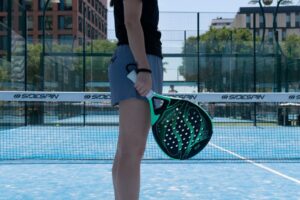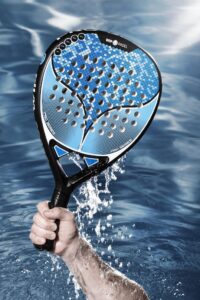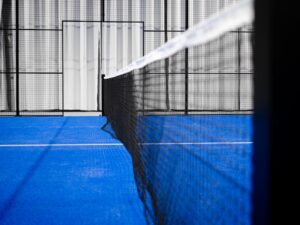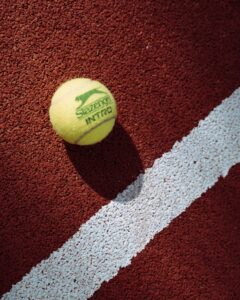The Different Types of Padel Returns and How to Execute Them
3 min read
The Different Types of Padel Returns and How to Execute Them
Are you ready to take your padel game to the next level? One technique that can greatly improve your performance on the court is mastering the art of the padel return. A well-executed return can give you the upper hand in a point and put your opponents on the defensive. In this article, we will explore the different types of padel returns and provide you with some expert tips on how to execute them effectively. So, grab your racket and let’s get started!
The Forehand Return
The forehand return is one of the most common types of returns in padel. It involves using your dominant hand to strike the ball after it has bounced off the back wall. To execute a successful forehand return, follow these simple steps:
- Stand in the ready position, with your feet shoulder-width apart and knees slightly bent.
- As the ball approaches, shift your weight onto your back foot.
- As the ball reaches the ideal height, step forward with your front foot and swing your racket, hitting the ball with the middle or upper section of the racket face.
- Follow through with your swing, transferring your weight onto your front foot.
Remember to keep your eye on the ball throughout the entire process and maintain a relaxed grip on your racket. With practice, your forehand return will become a powerful weapon in your padel arsenal.
The Backhand Return
While the forehand return may be more natural for most players, it’s important not to neglect the backhand return. The backhand return is executed using your non-dominant hand and can be just as effective if done correctly. Here’s how to master the backhand return:
- Position yourself with your feet shoulder-width apart and knees slightly bent, just like in the forehand return.
- As the ball approaches, rotate your body slightly to the side to open up your hitting zone.
- Shift your weight onto your back foot.
- Step forward with your front foot, swing your racket, and make contact with the ball using the middle or upper section of the racket face.
- Complete your swing, transferring your weight onto your front foot.
Focus on keeping your wrist firm and your swing smooth and controlled. With practice, your backhand return will become a valuable asset in your padel game.
The Lob Return
When faced with a difficult situation on the court, the lob return can be a game-changer. The lob is a high, arching shot that sends the ball over your opponents’ heads and deep into their court. To execute a successful lob return, follow these steps:
- Assess the situation and determine if a lob return is the best option. The lob is typically used when your opponents are close to the net and in a good position to attack.
- As the ball approaches, position yourself slightly farther back from the net than usual.
- As the ball reaches the ideal height, swing your racket in a high, upward motion, making contact with the ball beneath its center.
- Follow through with your swing, aiming to send the ball high over the net and deep into your opponents’ court.
Timing and accuracy are crucial when executing a lob return. It’s essential to practice this shot to ensure you can consistently execute it under pressure.
Now that you have learned about the different types of padel returns and how to execute them, it’s time to put your knowledge into action. Remember, practice makes perfect, so grab a partner and head to the court to hone your skills. With dedication and these padel return tips, you’ll soon become a force to be reckoned with on the padel court!







